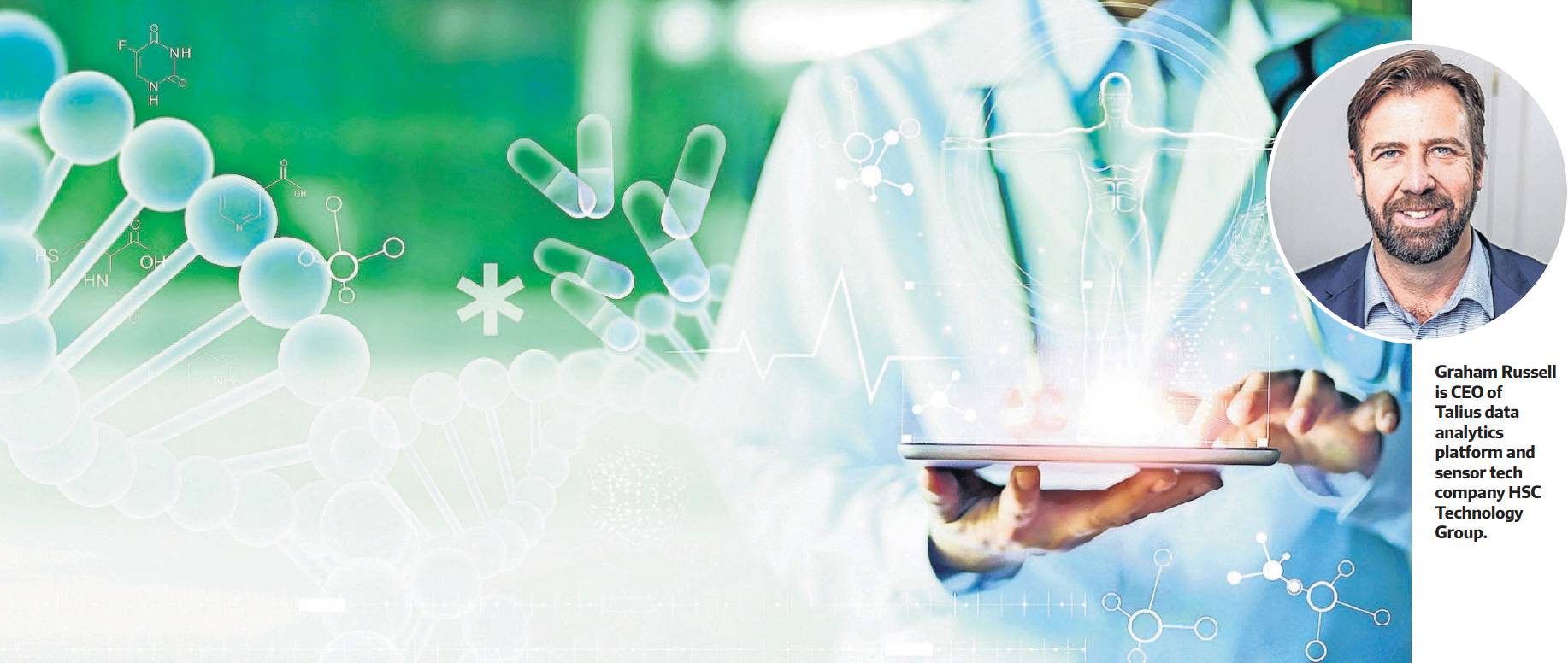Harnessing tech for proactive aged care
Rather than reacting to the nurse call bell after an emergency occurs, aged care providers are being advised to leverage technology for more of a proactive approach to improving health care outcomes for older Australians.
Australia’s aged-care and health-care industries face a significant challenge over the next 20 years. The number of citizens aged 65 and over will nearly double, from 3.8 million people in 2017 to around 6.5 million in 2042, according to the Australian Bureau of Statistics.
Meanwhile, the Australian Institute of Health and Welfare estimates between 386,200 and 472,000 Australians currently live with dementia, and this is expected to reach 849,300 by 2058.
A rise in chronic health conditions, caused by factors such as obesity and a sedentary lifestyle, is also set to put a far greater burden on aged care providers in delivering safe and high quality care. This includes increased demand for home care, which has experienced significant growth due to government policy and consumer preference for older Australians to remain at home for as long as possible.
As Australia’s population ages, the labour force participation rate will also decline. The effects of this will be especially felt in the aged-care and health-care industries, which are already struggling with the burden of increased compliance requirements amid an exodus of overworked staff.
Despite these looming threats, the health-care and aged-care sectors have been laggards when it comes to leveraging the benefits of new technology. Critical information such as patient health data and compliance records is still recorded manually in many areas.
The Royal Commission into Aged Care Quality and Safety recommended sweeping changes after highlighting significant governance and compliance concerns which led to endemic issues with substandard care.
Major aged-care legislative reforms are underway, and technology solutions to these issues are set for quick adoption.
Embracing a new generation of sensors to collect data and support compliance, along with tools like artificial intelligence (AI) to extract more insight from that data, is the key to aged-care providers doing more with less while improving health care outcomes, says Graham Russell, CEO of Talius data analytics platform and sensor tech company HSC Technology Group.
A wide range of Australian industries from agriculture and hospitality have recognised the potential for the Internet of Things (IoT) and artificial intelligence to act as force multipliers amid staff shortages, Russell says, yet the aged-care and health-care industries are lagging behind despite the lessons of the pandemic.
‘‘The pandemic showed us the power of technology and data for assisting aged-care residents while providers struggled with limited staff numbers and the challenges of lockdown,’’ Russell says.
‘‘Going forward, it’s clear that data, IoT and AI will become ubiquitous with the future of providing proactive care which anticipates people’s needs rather than just responding to their calls for help.’’
HSC Technology’s Talius Smart Care Platform brings the data from a wide range of IoT sensors into a single dashboard, providing a holistic and proactive view of the health of residents in aged-care facilities.
This includes intelligent alerts which can be issued to care teams, nurses, doctors, emergency services and family.
With a large footprint in the aged care sector, covering more than 20,000 systems, HSC Technology’s award-winning solutions are used by a wide range of clients including Australian Unity, Bolton Clarke and Lendlease.
The introduction of IoT sensors and other data sources threatens to deliver a fragmented rather than unified view of people in their care, unless aged-care providers have access to the right tools to turn all that data into actionable insight.
‘‘Disparate solutions are of limited value, especially when they rely on separate devices, apps and dashboards that make them difficult to monitor, maintain, teach and scale,’’ Russell says. ‘‘The most critical piece of the puzzle is an underlying unified platform which lets you see the complete picture, especially when you have fewer staff in charge of caring for more people.’’
IoT sensors can non-invasively monitor a broad range of health data, from blood pressure and weight loss to sleep patterns and toilet usage. Along with sparing aged-care residents the indignity of regular checks, this also eliminates the risks of human error while freeing staff to focus on higher-value tasks.
Analysing this real-time data can offer a wealth of insights, such as whether a person is at a great risk of a fall, or more vulnerable to stroke, in a modern day example of the philosophy that prevention is better than a cure.
‘‘We have to stop taking an ‘ambulance at the bottom of the cliff’ approach to aged care, which is primarily focused on reacting after something goes wrong,’’ Russell says. ‘‘Instead, new technology can power proactive care solutions which can predict health issues and put safeguards in place at the top of the cliff, significantly increasing people’s quality of life in old age while also saving the health system millions of dollars each year.’’
